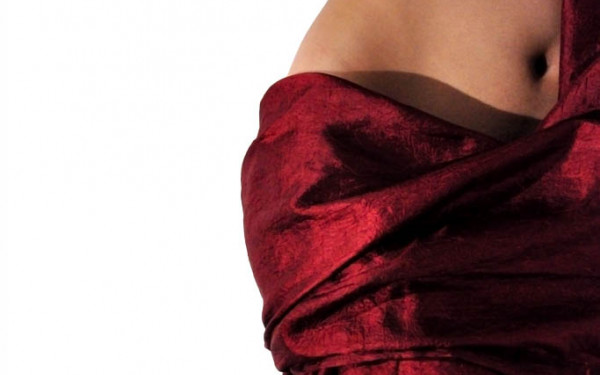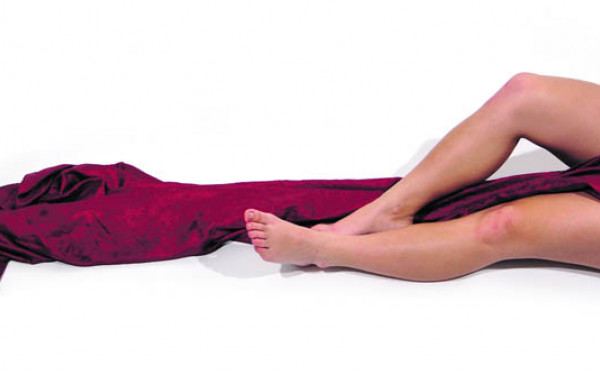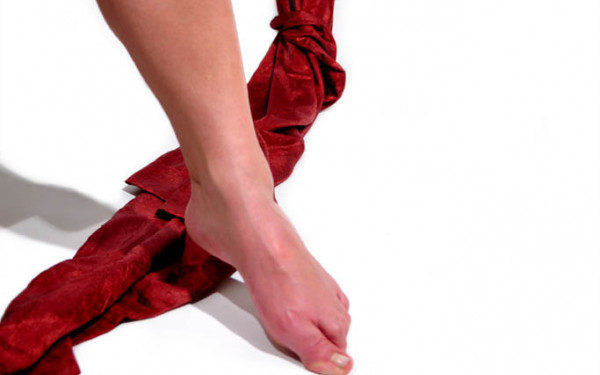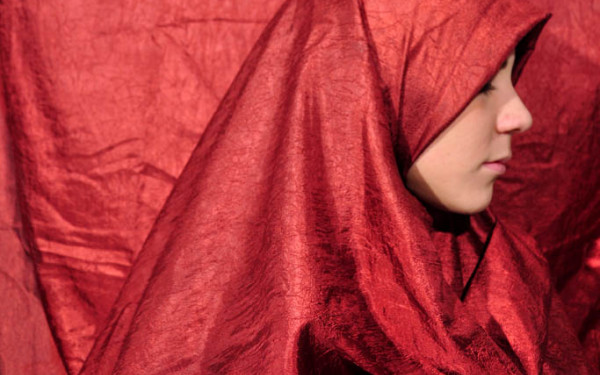Printed Minority
Young Women and the Web
When it comes to media and pop culture, girls are experts. As the target of most media messages, young women are uniquely positioned to understand and criticize the popular culture they are so much a part of.
Feminists from our mothers’ and grandmothers’ generations are lamenting the absence of feminist discourse in the younger generations. But it really hasn’t disappeared—it’s just moved online!
Rosel Kim, who has a masters in English literature and cultural studies, is an avid blogger and contributor to Kickaction.ca, an online community of young women who think for themselves, take a stand and act creatively to bring positive change across the globe. She believes the Internet can be a terrifying and horrible place full of hate and prejudice, but that is also a place of enormous potential and progressive politics.
“It’s much more interactive and pluralistic than the printed page because it offers the possibility of instantaneous feedback,” she said. “By providing a podium for women artists working in various mediums and places through blogging, I want to create an expansive community for women to share their artistic endeavours and shatter the ‘lone genius’ masculinist model of the singular artist.”
Young women are not simply passive consumers of the media, as many critically read and actively subvert it through online communities and personal blogs. By using web technologies, many women reinvent media and pop culture on their own terms and explode the borders of what’s conventionally offered to them.
Pop culture sends limiting messages about young women’s identities, their potential and what matters to them, and the media loves to sensationalize, victimize and create panic around girls and young women. Effective critiques need to look at the many facets of these issues, but media doesn’t exist in a bubble and the same issues—sexism, racism, ageism, classism and homophobia—that affect girls, affect it.
And yet we rarely hear young women’s voices on the subject. Blogging is changing this. More and more young women are media savvy and understand, interact and respond to media and pop culture in dynamic and complex ways.
Young women are finding new ways of getting their voices heard, developing their potential to express themselves and becoming opinion leaders whether it’s about women’s rights, politics or social justice.
“I blog because it can be a powerful mobilizing tool for bringing feminist voices together, as well as an effective outreach resource for those who may not have easy access to other feminist voices,” said Kim.
Kim, along with many others, will be part of Kickaction.ca’s fourth annual Blogging Carnival.
Starting March 8—International Women’s Day— Kickaction.ca will be a place for bloggers to converge on one site and discuss issues they care about. For the month-long Blogging Carnival, more than 6,000 young women will share stories and opinions about topics such as immigration, sexual identity, consent, gender, art, cyberspace and much more.Female Bylines Marginal in Magazines and It’s Up to Editors to Change That
I’d always assumed women writers were getting a raw deal, but every time I noticed the odd Anna, Megan or Sarah among a magazine’s bylines, I took it as a sign that things had changed. Women are writing, I reassured myself, and they’re being published. There’s nothing to be worried about.
I was wrong.
Last month, VIDA, a US-based grassroots organization that focuses on women in the literary arts, published a series of disturbing pie charts showing how many women were published in major American magazines last year. The Count, as they called it, showed disturbingly low numbers of female writers in literary and general interest publications: 24 per cent at the Atlantic, 21 per cent at Harper’s, 14 per cent at the New York Review of Books. The New Yorker, widely regarded in the English-speaking world as an exemplar of fine writing, weighed in at an abysmal 26 per cent.
VIDA also broke it down between book reviewers and the authors whose work was being reviewed.
The results were equally discouraging.
A cursory glance around a Concordia journalism class will confirm that women are indeed going to journalism school. In fact, women have made up the majority of Canadian journalism graduates for the past decade. Not all writers are J-school graduates, of course, but you get the idea: women are writing, and they want to do it for a living.
While no one has done such a thorough study of Canadian magazines, I’d be surprised if our numbers are much better. So what the hell is going on?
The difficulties of being a woman in the newsroom are well known in journalism circles. Female reporters have, historically, battled machismo both in print and broadcasting. What’s less reported—and what the VIDA numbers bring to light—is that magazines can be equally tough to crack.
Long-form journalism gives more room for reflection, argument and critique. Women deserve an equal shot at this space, and not just in women-targeted magazines. The issue isn’t that women can’t write well enough; the problem is that major general interest magazines are stuck in a cycle of maleness.
The small number of women getting published in big magazines has a lot to do with lazy editors. While editors might protest that their priority is always great writing, no matter who the writer is, this is a fucking dire situation.
Editors can be slaves to reputation. If they recognize a writer’s name, they are much more likely to take his or her pitch seriously. A new writer needs not only a great story idea, but also an editor who’s willing to take a leap of faith. If editors do not take the time to seek out promising female writers and fall back, instead, on the same roster of male writers they’ve always used, then the numbers stay skewed.
Male writers have been in the spotlight for so long, it’s often assumed that the term “writer” refers to a man unless specified otherwise. We might say that someone is a “female journalist,” but the only time most of us will specify that someone is a man is if, well, he’s a nurse.
“While women are constantly reminded that their views are only partial,” pointed out Slate writer Katha Pollitt in response to the VIDA controversy, “men have the luxury—in life as in grammar—of thinking they represent humanity, tout court.”
When magazine editors assume that they’re getting the best writers possible, and that all of them just happen to be male, they reveal a pretty pathetic lack of imagination.
So what can we do about it? First, a Canadian team must undertake the same task that VIDA did so we have a comprehensive picture of the situation on this side of the border. Next, magazine editors need to make gender equity a priority, not an afterthought. It’s easy to say women are good enough writers, the system will fix itself—but why wait for that to happen? Why not devote, as one feminist editor has suggested, a mere 20 minutes a day to looking for and reaching out to talented female writers? They’re out there, and finding them is not a chore. It’s an investment in your magazine’s future.
Last week on the metro, I eavesdropped on the conversation of two college-aged guys sitting across from me. One of them was explaining to the other—no joke—what patriarchy was.
“Wait,” said his friend, “is our society a patriarchy?” I couldn’t help but notice the copy of The New Yorker peeking out of his unzipped backpack.
-Madeline Coleman
This article originally appeared in Volume 31, Issue 25, published March 8, 2011.


_600_832_s.png)




